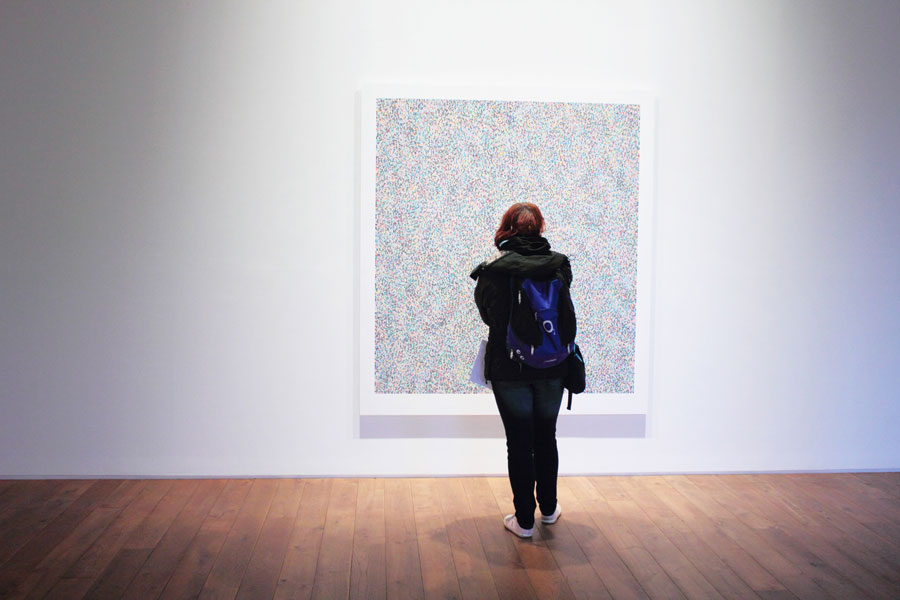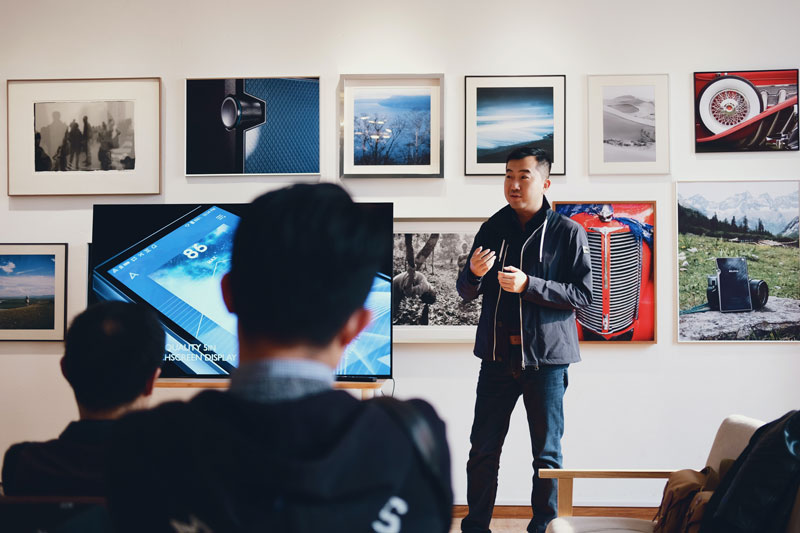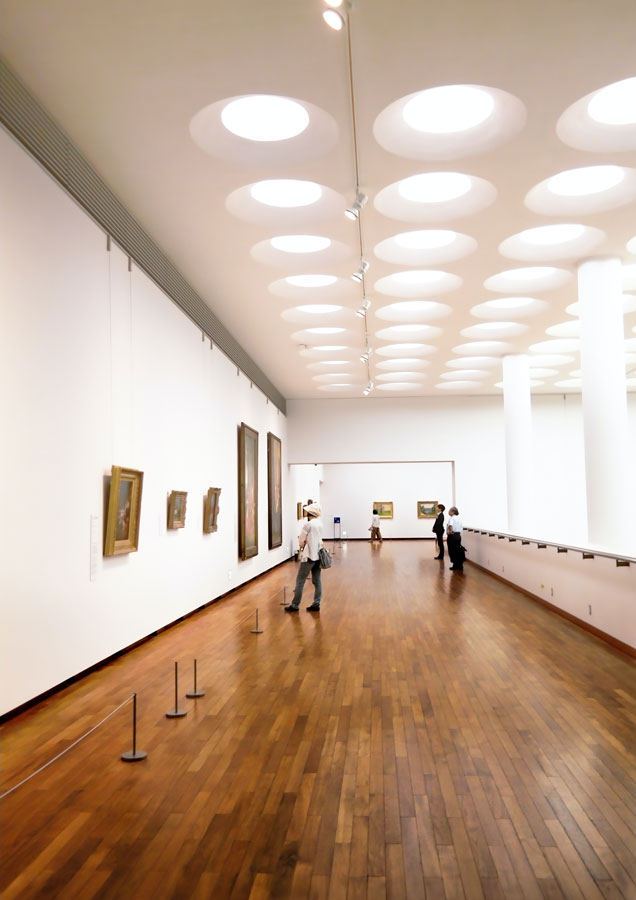E.4 PEDAGOGY CAUCUS Risky Business: The Stakes for Visual Culture in the 21st Century
Fri Oct 16 / 14:00 – 15:30
voice_chat expiredchairs /
- Alena Buis, Langara College
- Sarah E.K. Smith, Carleton University
This year’s pedagogy caucus explores what is at stake in teaching art history and visual culture in 2020. As educators grapple with calls for Indigenization and internationalization, they also strive to foster inclusive and accessible learning environments. Simultaneously, there is increasing demand for experiential learning, high-impact teaching and transformational learning. Within art history, meanwhile, the place of the traditional chronological survey continues to be questioned as an effective instructional format. Amidst this environment, this session aims to spark a candid conversation addressing these, and other significant issues, which lie at the heart of teaching in our field. In so doing, we hope to provide a space for educators to raise difficult questions and share constructive strategies and approaches. Topics may include: equity, diversity and inclusion in the classroom; reconciliation in and through pedagogy; difficult images and censorship; teaching across cultural competencies; grappling with the survey; and more. We also welcome contributions that address the labour of pedagogy, acknowledging that new approaches and transformational learning is difficult work, for both learners and instructors (Halonen and Dunn, 2018). Given this, how do we care for our students while fostering resiliency? How do we care for ourselves when our teaching hinges on being vulnerable? We are particularly interested in participants who might share practices and strategies that support diverse perspectives and foster inclusion. To emphasize engagement and discussion, the session format will prioritize audience involvement.
Alena Buis is an Instructor and Department Chair in Langara College’s Department of Art History and Religious Studies. Her publications include essays in Early Modern Women: Remapping Routes and Spaces (2015), The Development of Art in Canada, Professional Practices: Canadian Women Artists (2012), Depicting Canada’s Children (2009), a co-edited anthology Craft, Community and the Material Culture of Place and Politics, 19th-20th Century (2014) and other peer-reviewed publications such as the Journal of Modern Craft, Dutch Crossing, and Material Culture Review. Her current research interests include the scholarship of teaching and learning as specifically applied to art history and visual culture.
Sarah E.K. Smith is Assistant Professor in Communication and Media Studies at Carleton University, Adjunct Assistant Professor in the Cultural Studies Program at Queen’s University, and a founding member of the North American Cultural Diplomacy Initiative. Her research addresses modern and contemporary art in North America, as well as the topics of exhibitions, museums, and cultural policies. In 2016, Sarah published the monograph General Idea: Life & Work (Art Canada Institute). In 2022, her co-curated exhibition From Remote Stars: Buckminster Fuller, London, and Speculative Futures will be displayed at Museum London.




E.4.1 Canadian Art Matter: Revising the Survey
Devon Smither, University of Lethbridge
DJ Fraser, Concordia University
Our segment aims to pick up on Elizabeth Cavaliere’s two-part session at UAAC in 2018 which focused on collaboration as a means of interrogating the teaching of Canadian art history. The history of art is/has been strongly rooted in national narratives that often elide issues of connectivity to larger art historical discourses in the development of both historical and contemporary art history. We propose to discuss the ways in which we rethink Canadian art histories (and our survey courses) to emphasize transnational, transhistorical, and transdisciplinary connections rather than reinforce an outdated focus on nationalism and the visual arts. This is particularly important given the complicated and interconnected issues of regionalism, colonialism, and diaspora in Canadian art. Emerging from a national and chronologically-organized discourse in art historical education, this has not been easy work. Our revisioning of Canadian colonial-settler art history survey courses ensures that they are more accessible, inclusive, and critical. We argue that to teach Canadian art history as part of larger, transnational and comparative history contributes to the decolonization of the discipline. Integrating diverse perspectives, other voices, and collaborative pedagogical approaches to teaching allows the development of knowledges in the lecture hall as relative to each other and nation-to-nation dialogue within the current borders of Canada. As Marsha Meskimmon has stated, this method of teaching forces us as educators...
“to address the question of how we claim to know (rather than what we claim to know) and to move away from ‘mastering’ a field of study towards creating epistemic communities through dialogue” (2019).
During the roundtable we intend to offer brief tangible examples of just how we “transnationalize” Canadian art history while simultaneously teaching core visual analysis and literacy skills foundational to the discipline and which make students active learners.
Devon Smither is Assistant Professor of Art History/Museum Studies at The University of Lethbridge and a founding member of Open Art Histories, a group of art historians in Canada devoted to advancing the conversation (and scholarship) on art, art history, and pedagogy. Her research and teaching interests include gender and modernity; modern colonial-settler art in Canada; and modern North American women artists. She is completing a book manuscript on the female nude in Canadian painting and photography from 1913 to 1980 (MQUP) and a manuscript entitled Pegi Nicol MacLeod: Life & Work (Art Canada Institute). Her publications include a chapter in Censoring Art: Silencing the Artwork, eds. Roisin Kennedy and Riann Coulter (2018) and articles in The Journal of Historical Sociology, and The Literary Review of Canada.
Dorian J. Fraser is a writer, curator, instructor who currently lives in Tiohtiá:ke/Montréal. Their curatorial work is currently focused on the development of international connections in the art world from Canadian contexts in the avant-garde 70s. Their dissertation interrogates the New York State Council on the Arts’ place in the development of queer aesthetic and experimental narrative documentary video and film in the 80s and 90s, and the archival pursuits of its attendant archive ain-formation. They are a regular curator at Anthology Archives in Manhattan, and their writing has appeared in Canadian Art and C Magazine.
E.4.2 Of Material Benefit: Thinking Beyond the Textbook and Outside of the Course Pack in the Canadian Survey
Elizabeth Anne Cavaliere, Queen's University
In the Canadian context, there have been few efforts to create a definitive and canonical art and visual history textbook. Until recently, and often still so, the introductory survey to Canadian art history has leaned on a single-authored text written in the early nineteen-seventies that focuses almost exclusively on painting and takes a chronological and biographical approach. More recent efforts to consolidate the field in the published format have used a multi-authored or edited volume approach to grapple with the range of media used in the visual arts as well as the regionalism that characterises any overview of art in Canada. The limitations of a textbook however, even with best efforts and intentions, are numerous. A “survey text” cannot possibly deal with the entirety of a complex, colonial, international, and transnational visual history. So why have instructors continued to lean on these texts in the creation of their survey courses? And, if we do away with them, then where and how do we start to design our survey course? The safety of a textbook in course design takes the pressure off of instructors to make choices about what to include and exclude. The risk is that going it alone may very well replicate the exclusionary nature of a textbook. But, what if we weren’t alone? What if we turned to collaboration? Not only can collaboration diversify the voices and content within a course, but also actively foster inclusivity and embody experiential and transformational learning. Thinking beyond the textbook and outside of the standard course pack, this contribution to the roundtable will share strategies and prompt discussion that encourage us to mobilize community engagement and our own knowledge networks as a pedagogical practice that pushes out into the local, national, physical, and virtual.
Elizabeth Anne Cavaliere is a SSHRC Post-Doctoral Fellow at Queen’s University where she is examining a body of photographs produced by Canadian poet and treaty negotiator Duncan Campbell Scott. Her dissertation, to be published by MQUP, titled Mediated Landscape/Mediating Photographs: Surveying the Landscape in Nineteenth-century Canadian Topographical Photography, reclaims Canadian survey photographs for the collective imaginary by considering ideas of maker and viewer, authorial intent and discursive function, land and landscape. Her interest in interdisciplinary approaches to Canadian art, photograph, and history is reflected in her published writing in Environmental History; Imaginations: Journal of Cross-Cultural Image Studies; Histoire Social; Journal of Canadian Studies; RACAR; and in the Journal of Canadian Art History. In 2012 Elizabeth was awarded a Lisette Model/Joseph G. Blum Fellowship from the National Gallery of Canada, and in 2015 she was awarded the Michel de la Chenelière Prize by the Montreal Museum of Fine Arts.
E.4.3 Activating the Remote Classroom: Lessons Learned and Questions Unanswered
Jen Kennedy, Queen's University
Johanna Amos, Queen’s University; Concordia
Following the transition to remote learning in March 2020, we became interested in how we might move the active learning practices we had developed for our physical classrooms into the digital space. As in our other collaborative work, which is grounded in theories of radical and accessible pedagogy, we remained focused on the concrete and the practical, and hosted a series of workshops over the summer that aimed to develop assignments and activities that could be used in the remote classroom, and which would develop students’ skills in lateral thinking and collaboration. For our contribution to this year’s UAAC Pedagogy Caucus, we will be sharing some of the ideas generated during this workshop series, considering how they might meet the challenges of accessibility and inclusion in remote art history and studio classrooms. Since UAAC is held at the midpoint of the semester for most Canadian universities, we will also take this opportunity to discuss which of the strategies that we used worked, which failed, and how we might use the lessons we learn over th first months of remote teaching to improve them.
Jen Kennedy and Johanna Amos are professors in the Department of Art History & Art Conservation at Queen's University. Their collaborative work in the Scholarship of Teaching and Learning in Art History focuses on accessibility, openness, and fostering an inclusive art history. They are core members of Open Art Histories, a collective of art history, visual arts, and museum studies professors from across Canada, focused on building a generative and supportive national network for addressing the pressing pedagogical challenges confronting these fields.
E.4.4 Reflections on Teaching Indigenous and Canadian Visual Arts
Erin Sutherland, University of Alberta
I will contribute to this year’s pedagogy caucus by bringing forward my own experience teaching Indigenous and Canadian visual arts to undergraduate students. Specifically, I will reflect on my experience transforming the classroom into a site of experiential learning, one which allows students hands-on experiences to create, curate and explore visual processes. I will discuss my class on Indigenous cultural production, which teaches students about various aspects of Indigenous arts while learning to tan a deer hide. I will also reflect on my engagement in kitchen table theory and methodologies of visiting as central to my pedagogy.
Dr. Erin Sutherland is Assistant Professor of Cultural Studies at the University of Alberta, Augustana campus. She also works as an independent curator and is a core and founding member of Ociciwan Contemporary Art Collective. Her research includes Indigenous contemporary art and performance art, curatorial methodologies and arts pedagogy. Recent exhibitions include Let’s Talk about Sex, bb co-curated with Carina Magnezzeni at the Agnes Etherington Art Centre and Her Body will Remember at the Kelowna Art Gallery. Ociciwan Contemporary Art Collective has recently opened their gallery and community space, Ociciwan Contemporary Art Centre, in Edmonton, Alberta.



